Diving Isla Cozumel, Mexico
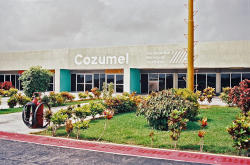
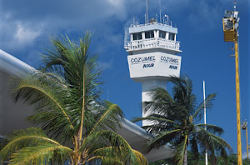
Arriving on the island is simple, as it has its own international airport. Flights from Miami, Montreal, and Mexico City all arrive directly at the Cozumel International Airport and are usually only 2 to 5 hours long. Visitors can also board a 20-minute connecting flight from Cancun.
Cozumel is a year-round scuba diving destination off Mexico's eastern Caribbean coast. The island is known for gentle drift dives, excellent visibility, and reefs teeming with marine life including corals, sponges, turtles, nurse sharks, and small rays.
Cozumel is also known for its variety of dive resorts, from budget to luxury, and many of the resorts are all-inclusive. With a list of land-based activities, Cozumel is a popular travel destination for scuba divers and non-divers alike. Cozumel’s peak season typically runs from November to April and the resorts can be quite busy.
Geographically, the island is 45 kilometers long and 15 kilometers wide. The dive sites are all on the Mesoamerican Barrier Reef, which runs past Mexico, Belize, Guatemala, and Honduras, and is the second largest barrier reef in the world. The Marine Park of Cozumel was established in 1996 and protects the southern area of the island. Diving in Cozumel is suitable for beginning divers with shallow sites and advanced divers with deeper drift dives along walls and swim-throughs. Water temperature is warm year-round. Many of the dive sites are perfectly suited to underwater photography and offer opportunities for both wide-angle and macro subjects.
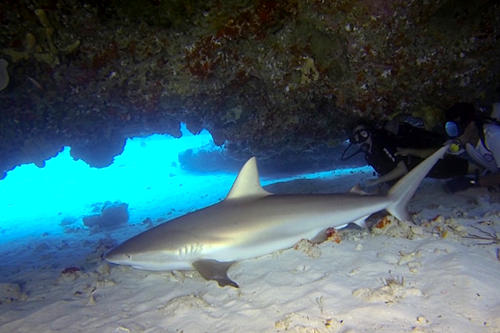
The reefs are home to more than 500 fish species and a wide variety of coral. Divers also encounter turtles, groupers, green moray eels, nurse sharks, the splendid toadfish and other colorful tropical fish. Shore diving from resorts offers macro critters on the artificial reefs and the sandy bottom. Currents are minimal at these sites, providing ample opportunity to shoot anemone shrimp, juvenile drumfish, spotted moray eels, stingrays, trumpetfish and more. Night dives bring out more critters, including curious squid. And while rarer, divers should always be on the lookout for seahorses.
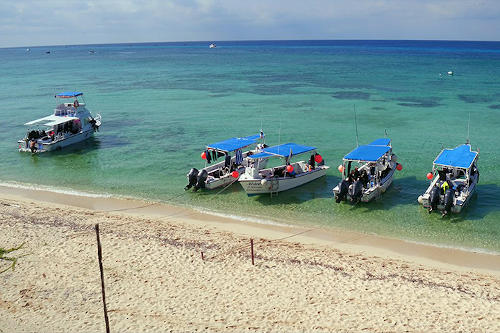
Some of the best dive sites around Cozumel include:
· Santa Rosa Wall, one of the most popular deep dive sites. The wall begins at around 15 meters and extends deep into the abyss.
· Colombia wall, over 30 meters high and is home to a stunning cave, tunnel and cavern systems.
· Palancar Reef is the perfect first dive site for individuals not confident in their skill set. The reef extends over 5 kilometers and is home to huge coral clusters.
· Palancar Horseshoe is named after the U-shaped protrusion on the wall. This site is home to tunnels and swim-throughs carved into the reef.
· Punta Tunich offers swift currents and drift dives. Diving this location starts at around 20 meters where the sand bottom leads to extended ridges of coral.
· Barracuda Reef offers divers crazy currents and abundant marine life including hammerheads, black-tip reef sharks, eagle rays and barracuda. This is a northern dive site and a limited number of dive shops travel there.
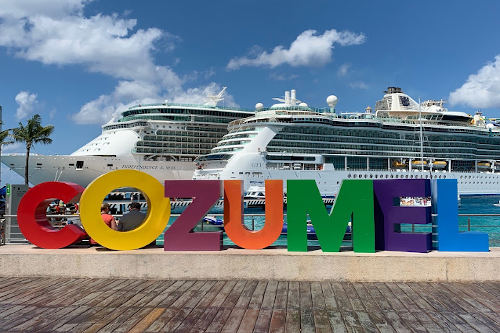
Many travelers visit Cozumel from Caribbean cruises, typically just for a day. However, divers often spend their entire vacation on the island. With warm temperatures year-round, it is almost always a great time to dive in Cozumel. May to September has the warmest, calmest waters that are perfect for any level of diver. November to March is most popular for those hoping to spot bull sharks. While the waters are generally calm, they do tend to get rougher in between seasons. However, the more advanced waters typically allow for sightings of sharks and eagle rays. The waters are usually full of colorful reef fish and corals, but stingrays, nurse sharks, lobsters, turtles, and groupers can also be seen by lucky divers.
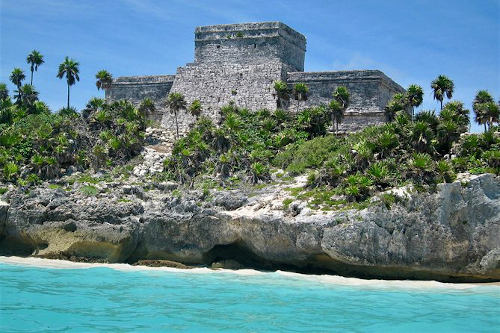
The island itself has a rich history that is kept alive by the Mayan ruins scattered throughout the island. Visitors often take tours to the areas due to their remote locations on the island, but the venture is worth it in order to be immersed into a world that once was. Some of the most popular historical sites include San Gervasio and Cedral. In addition to the ruins, the island has plenty of stunning natural structures to explore. The island has what is known as a karst topography due to its foundation being made of limestone. Guests can choose to explore this as the limestone base results in cenotes, which are sinkholes filled with water. These are usually done through tours as well.
Exploring downtown is a great way to experience the culture in Cozumel. With countless restaurants and shops, there is so much to discover. By nightfall, all of the tourists visiting from cruises will be gone, and the nightlife begins to vibrantly take over the island. Since most visitors are gone by this time, nightlife in Cozumel is mostly spent with locals, taking away the touristy feel and replacing it with a more authentic vibe. There are plenty of bars along the coast of the island, and there is often plenty of live music to dance to.
Cozumel is a unique, vibrant island that provides many experiences. No matter who is visiting, they will be able to fall in love with some part of the island. Whether it be its history, the sandy beaches, the lively Caribbean waters, or the unique landscape, there is truly something for everyone.